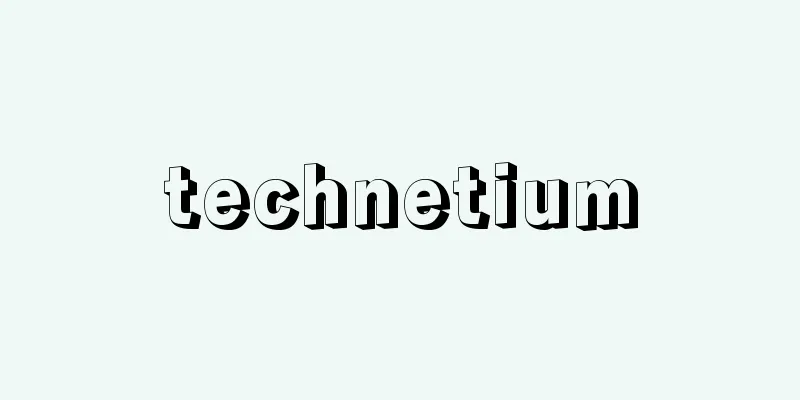Culture film

|
Grierson established the foundation of this movement with "Driftnet Boats" (1929), which depicted the relationship between labor and society through the daily lives of fishermen, and documentaries that emphasized "social messages" rather than poetry, such as Basil Wright's "Song of Ceylon" (1934) and Paul Rosa's "The Shipyards" (1935), developed. In Germany, so-called "Kulturfilm" (translated as "cultural films" and established in Japanese), were produced, and Walter Ruttmann's "Berlin - Symphony of a Great City" (1927) and "Melody of the World" (1929) are representative feature-length documentaries influenced by the "rhythmic montage" of Beltov's "cinema eye" theory. French documentaries are closely related to avant-garde cinema, an artistic movement that aimed for pure visual expression in the 1920s, and produced films such as Alberto Cavalcanti's Nothing but Time (1926) and Jean Epstein's The Ends of the Earth (1929). From [Cultural Films]…It is a direct translation of the German word Kulturfilm, which means cultural documentary film, and is used almost synonymously with educational film or short documentary film. Before the war, it was a term that broadly referred to documentary films in general, but when the Film Law was enacted in 1939, cultural films became the legal term, i.e. the official term, for all films except for feature films and newsreels. *Some of the terminology that mentions "Kulturfilm" is listed below. Source | Heibonsha World Encyclopedia 2nd Edition | Information |
|
…グリアソンは漁夫の日常生活を通して労働と社会とのかかわりを描いた《流し網漁船》(1929)でその流れの基礎を築き,バジル・ライトの《セイロンの歌》(1934)やポール・ローサの《造船所》(1935)など,詩情よりも〈社会的メッセージ〉を重視するドキュメンタリーが発展した。 ドイツでは,いわゆる〈クルトゥールフィルムKulturfilm〉(〈文化映画〉と訳されて日本語に定着している)がつくられ,なかでもワルター・ルットマンの《伯林――大都会交響楽》(1927)や《世界のメロディ》(1929)は,ベルトフの〈映画眼〉理論の〈リズムのモンタージュ〉に影響された代表的な長編ドキュメンタリーである。 フランスのドキュメンタリーは,20年代に純粋な視覚的表現を意図した芸術運動である〈アバンギャルド映画〉と密接なかかわりをもっているが,アルベルト・カバルカンティの《時の外何物もなし》(1926)やジャン・エプスタンの《地の果て》(1929)などがつくられた。… 【文化映画】より…文化記録映画を意味するドイツ語のKulturfilmの直訳で,〈教育映画〉あるいは〈短編記録映画〉などともほぼ同義に用いられる。戦前は広く記録映画一般を指すことばであったが,1939年の〈映画法〉制定の際,劇映画とニュース映画を除く映画の総称として〈文化映画〉が法令用語すなわち公用語になった。… ※「Kulturfilm」について言及している用語解説の一部を掲載しています。 出典|株式会社平凡社世界大百科事典 第2版について | 情報 |
>>: Kulōttuṅga I (English spelling)
Recommend
Analog Computer
A computer that can calculate analog quantities wi...
Imperial Dam
…The first irrigation works were completed in 190...
Honinbo - Honinbo
The name was coined by the Go master Sansha (1558...
Ondol - Ondol
A heating system found in the Korean peninsula and...
Ginkensou (English spelling) Hawaiian silver-sword
A large perennial plant of the Asteraceae family (...
Cercopithecus superfamily - Cercopithecus superfamily
…In the broad sense, it refers to the Cercopithec...
Mṛgadāva (English spelling) Mrgadava
…A garden in the ancient Indian state of Kashi, w...
Seyakuin Zensou
Born in 1528 in Omi [Died] December 10, 1596. A Te...
Anemone raddeana (English spelling) Anemoneraddeana
…[Michio Tamura]. … *Some of the terminology that...
Malus' theorem
...A collection of light rays that share a single...
moshav
...Delivery vehicles include the Jericho-1 missil...
Wang Fuchen - Wang Fuchen
…They were Ming military commanders who had surre...
carnauba wax (English spelling)
...The sago palm (illustration) is famous for its...
Deinagkistrodon acutus (English spelling)
... In addition to the Japanese pit viper, severa...
Kamishimo (top and bottom)
Originally, it meant a garment consisting of an up...









